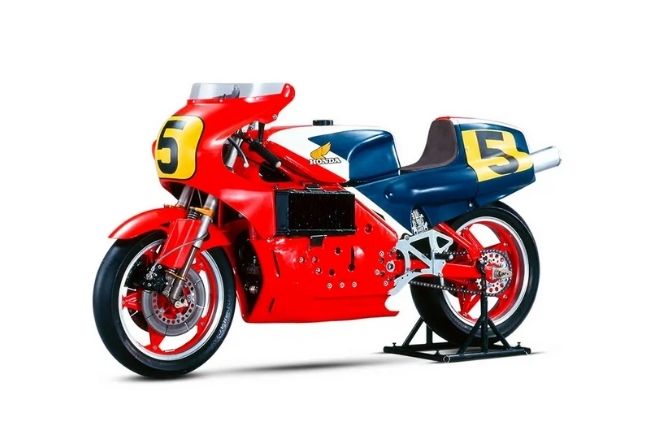Do I need a slipper clutch on my motorcycle?
Find out if this nifty feature makes sense for your bike.

Many motorcyclists will agree that the slipper clutch is one of the best innovations to grace the industry. It wouldn't be overselling it to say that the feature has changed the game in more ways than one. The slipper clutch has become widespread in racing, and it's seeing an increased presence in everyday street bikes. Whether it's on a high-end sportbike like the Ducati Panigale V4 or a middleweight naked like the Triumph Trident 660, slipper clutches are becoming standard in many motorcycles.
If you're in the market for a new bike, you may be wondering if you should get one with a slipper clutch. You might also already have a bike that you're looking to upgrade with an aftermarket unit. Whatever the case may be, it's worth learning a few things about this nifty feature.
History of the slipper clutch

The first slipper clutch was introduced as far back as the early 1980s. The feature was invented to give MotoGP racers an extra edge on the track. Its primary purpose is to prevent over-revving and rear-wheel hop under hard braking conditions. The mechanism slips to match the engine's speed, thereby reducing the stress caused by engine braking.
Honda's NR500 stakes the claim as the first motorcycle to be fitted with a slipper clutch. Over the years, more and more manufacturers developed their versions of the design. Ducati, in particular, has a slip-assist design that adds a function to increase clamping force when accelerating. This assistance makes it easier for the rider to pull the clutch lever when shifting gears.
Today, many modern sportbikes feature a slipper or slip-assist clutch. It's virtually a necessity for race bikes, as the advantage is far too great to be left unused. That said, it's not just premium models that are getting the feature. Entry-level bikes like the CFMOTO 300 NK and Yamaha MT-15 have an assist and slipper clutch. So, it's clear that manufacturers are becoming more open to fitting this feature on more affordable models.
Do I need a motorcycle with a slipper clutch?

A slipper clutch is a modern convenience. In the old days, riders had to make do without it. For smooth downshifting, they had to employ a technique called rev-matching. It involves matching the engine speed with the wheel speed by blipping the throttle just before releasing the clutch. It's still a valid technique today, and many riders find it to be adequate.
So, for the vast majority of riders, a slipper clutch isn't an absolute must-have. However, if you're looking to ride the bike on the track regularly, having a slipper clutch would make sense.
Can I install an aftermarket slipper clutch on my motorcycle?

Modifying the clutch assembly is a complex and arduous task. That said, the sheer difficulty hasn't stopped people from installing aftermarket slipper clutches on their bikes. Not all motorcycles are candidates for a slipper clutch upgrade. Some are simpler to modify than others. More than that, low-displacement motorcycles typically won't have much use for a slipper clutch, as these bikes have softer clutch levers and less pronounced rear-wheel lockup at high speeds.
Aftermarket slipper clutches would make more sense on an older sportbike that you want to upgrade for track use. If you're determined to install one on your bike, there are some things you have to keep in mind.
The first is that they can cost a lot of money. Some units cost upwards of P50,000. Second, it's not advisable to DIY the process. As we've mentioned, the installation can be complex, and you could endanger yourself, your bike, and other motorists if you don't know what you're doing.
Lastly, you have to prepare for the worst. With any big modification like this one, there's always the chance for everything to fail. We don't advise doing this on your main bike. As always, for the best results, do your research and enlist an experienced professional to do the job for you.
Latest Features
-
Last-minute Christmas gift ideas for your rider friends and family / Featured Article
Struggling to think of gift ideas for your motorcyclist friends and family? Read on to get some inspiration this gift-giving season.
-
Ride a naked sportbike? Get these 5 upgrades first / Featured Article
Here’s a quick list of 5 upgrades to your naked sportbike to enhance your riding experience.
-
Motorcycle 101: The inner workings of a slipper clutch / Featured Article
Slipper clutches are awesome as they make for more forgiving downshifts and a lighter clutch lever. Let’s take a closer look at them and see how they work.



